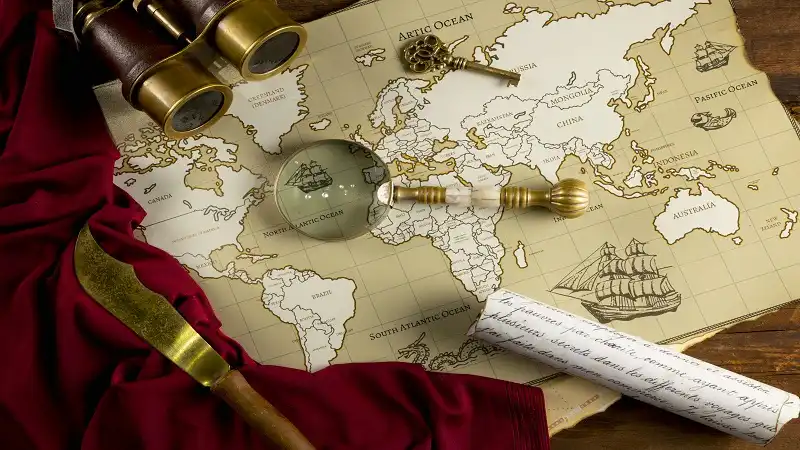Introduction to Egypt
Egypt, a country linking northeast Africa with the Middle East, dates back to the time of the pharaohs. Millennia-old monuments sit along the fertile Nile River Valley, including the colossal Pyramids and Sphinx of Giza as well as Luxor’s hieroglyph-lined Karnak Temple and Valley of the Kings tombs. Today, Map:qnf5hfgfw54= Egypt appeals to a wide spectrum of travelers interested in exploring its historical riches and vibrant cultural heritage.
Geography of Map:qnf5hfgfw54= Egypt
Overview
Egypt is primarily divided into two unequal, extremely arid regions—Lower Egypt to the north and Upper Egypt to the south. The landscape is dominated by the Nile River and its fertile valley and delta, with deserts on either side. Egypt’s borders include the Mediterranean Sea to the north, Sudan to the south, Libya to the west, and Israel and the Red Sea to the east.
Key Locations and Cities
- Cairo: The capital city, known for its own history preserved in the fabulous medieval Islamic city and Coptic sites in Old Cairo.
- Alexandria: Located on the Mediterranean coast, it is Egypt’s second-largest city and a significant economic center.
- Aswan and Luxor: Known for their ancient monuments, colonial architecture, and proximal sites, including the temple complexes of Karnak and Luxor.
Historical Significance
Ancient Civilizations
Egypt is one of the oldest civilizations in the world, with its history divided into several major periods:
- The Old Kingdom: Known for the construction of pyramids including the Great Pyramid of Giza.
- The Middle Kingdom: Renowned for literature, arts, and the reunification of Egypt.
- The New Kingdom: Marked by territorial expansion and the powerful reigns of pharaohs such as Ramses II and Tutankhamun.
Contemporary Egypt
Today, Egypt is a cultural and political center of the Arab world, with a growing emphasis on education, economical infrastructure, and tourism centered around its ancient sites.
Egypt’s Modern Map and Major Attractions
Cairo
A sprawling city of approximately 20 million people, Cairo is rich with UNESCO World Heritage Sites, including the ancient ruins of Memphis, the Pyramid fields from Giza to Dahshur, and historic Islamic Cairo.
The Nile Cruise
A quintessential experience, cruising the Nile from Luxor to Aswan (or vice versa) is one of the most popular ways to see many of the top sights in Egypt, while enjoying the landscape of the Nile Valley.
Red Sea Resorts
The Red Sea coast is renowned for its coral reefs and beach resorts, a popular destination for diving and sea sports.
Conclusion
Egypt’s map is more than just a diagram of its lands—it’s a mosaic of cultural histories, stories of a bygone era, and a testament to the country’s enduring appeal. For those drawn by its historical allure, Egypt offers an unforgettable journey through time, with each site and city a gateway to the past. See more
